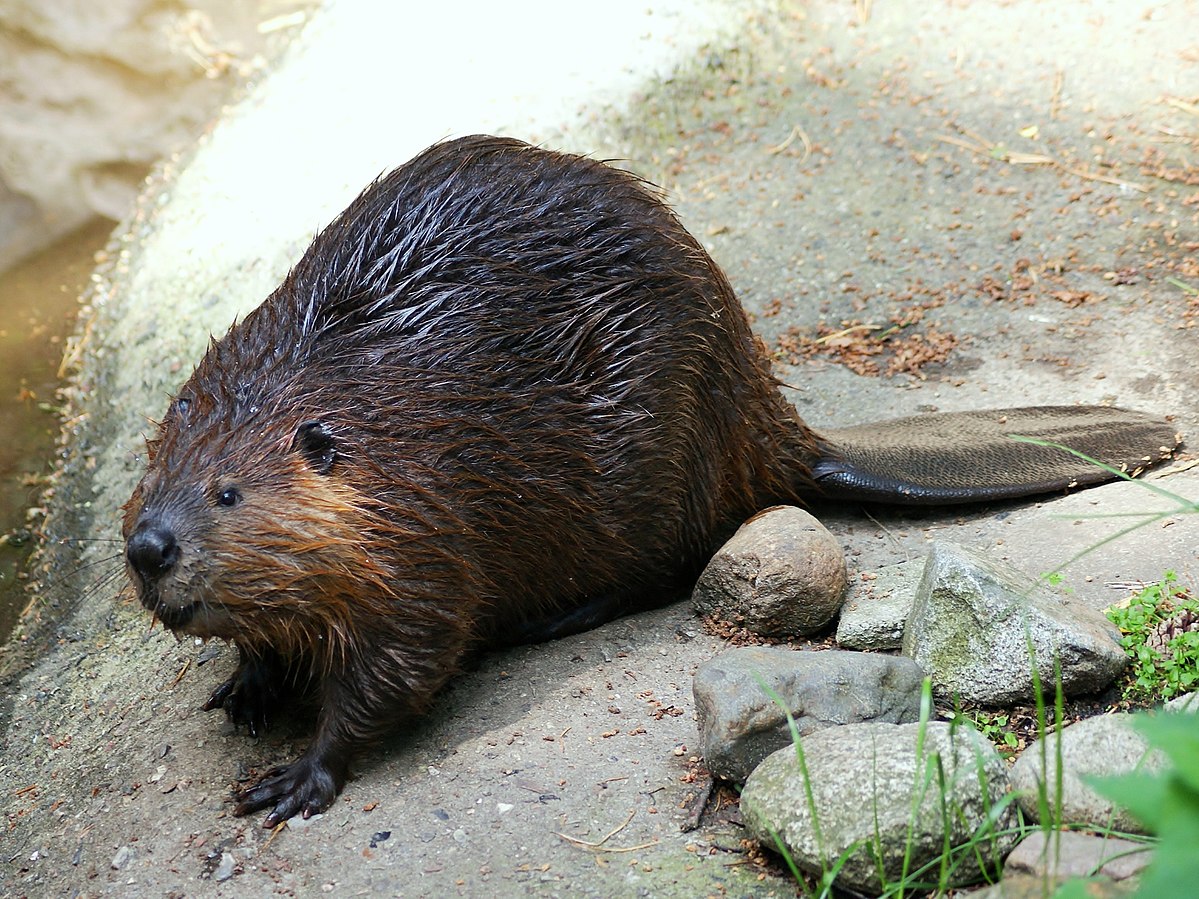Summary of Beavers Seen To Return On Wetland After 400 Years:
The Nene Wetlands nature reserve in Northamptonshire, England, will reintroduce beavers after 400 years. A license has been secured to release the animals in the winter of 2024-2025. The beavers’ presence is expected to help manage the wet woodland habitat, restore reedbeds, and diversify vegetation. Their return will also create a diverse wetland habitat that benefits other species. Beavers are known for reshaping their habitats by building dams, which can reduce soil erosion and filter out pollutants. The Delta Pit in Nene Wetlands was chosen due to its ecological suitability. This decision follows the example of Canada and several US states reintroducing beavers into wetlands.
– After 400 years, beavers are set to return to the Nene Wetlands nature reserve in Northamptonshire.
– The Wildlife Trust has secured a license from Natural England to reintroduce the beavers during the winter of 2024-2025.
– The presence of beavers is expected to have significant benefits in managing the wet woodland habitat, reedbed restoration, and creating a dynamic and diverse wetland environment.
– Beavers are known as “eco-engineers” as they reshape their habitats, build dams, and contribute to wetland restoration.
– The reestablishment of beavers in the area will allow visitors to observe these iconic creatures in the wild.
The Nene Wetlands nature reserve in Northamptonshire is preparing to welcome back an iconic species after a long absence. Once extinct in the area for over 400 years, Beavers will soon be reintroduced into the wetland ecosystem. This exciting development comes after the Wildlife Trust secured a license from Natural England to release the beavers next winter, from 2024 to 2025, marking a significant milestone in restoring this unique habitat.
The return of beavers to the wetlands is expected to have many benefits. A feasibility study has shown that their presence will be pivotal in managing the wet woodland habitat and aiding reedbed restoration. Specifically, the beavers will assist in the removal of willow growth around the lake edges, decreasing the need for site management staff and contractors. Moreover, their foraging behaviors will contribute to the restoration of areas of reedbed and the diversification of marginal vegetation. The result will be a dynamic and diverse wetland habitat, providing numerous advantages for other species.
Matt Johnson, Conservation Manager at the Wildlife Trust in Northamptonshire, expressed his enthusiasm about the beavers’ return, highlighting the opportunity it presents for both natural habitat restoration and the chance for visitors to observe these incredible creatures in the wild at one of the most visited reserves in the area.
Previous studies have revealed fascinating insights into the behavior and diet of beavers. These charismatic animals, often called “eco-engineers,” have a penchant for plant consumption. Himalayan balsam, an invasive non-native species, is a favorite among beavers. Their feeding habits can help control the spread of this troublesome plant, preserving the population of native wildflowers.
Contrary to popular belief, beavers do not destroy trees outright but selectively cut them back. However, this activity ultimately benefits the ecosystem as the trimmed trees grow back, creating more spaces for wildlife to flourish. Furthermore, beavers are unlikely to build dams in the area, as they typically construct them in rivers to create lagoons that protect them from predators.
Beyond their immediate impact on the wetland ecosystem, beavers have gained recognition from biologists and ecologists for their ability to restore wetlands. These unique habitats are essential for biodiversity, supporting many aquatic plants and wildlife. Beavers reshape their surroundings, constructing dams from mud, branches, trees, rocks, and grass to suit their needs. These dams serve a dual purpose, protecting the beavers from predators and providing a safe space for parental care.
Over time, the presence of beaver dams aids in reducing soil erosion and retaining sediment, effectively maintaining the health of the wetland environment. Furthermore, these structures act as natural filters, absorbing and removing pollutants such as fertilizers, heavy metals, and pesticides from the water.
The Delta Pit in Nene Wetlands was chosen as the reintroduction site for beavers based on its ecological suitability and existing fencing. This area provides a refuge for waterbirds and other wildlife, making it an ideal setting for the beavers to thrive and contribute to the diverse ecosystem.
While the return of beavers to Nene Wetlands may be a first for hundreds of years, it follows in the footsteps of successful reintroduction programs in other countries. Canada and several states across the United States have already witnessed the positive impact of beavers in wetland ecosystems, highlighting their role as valuable contributors to nature conservation.
In conclusion, the imminent return of beavers to Nene Wetlands marks a significant milestone in restoring the once-thriving wetland ecosystem. With their unique ability to reshape their habitats, build dams, and contribute to wetland restoration, these eco-engineers will play a crucial role in managing the wet woodland habitat and reedbed restoration, creating a dynamic and diverse environment that benefits a wide range of species. Moreover, the reintroduction of beavers provides a wonderful opportunity for visitors to witness these iconic creatures in the wild, further enriching their experience at the Nene Wetlands nature reserve.


